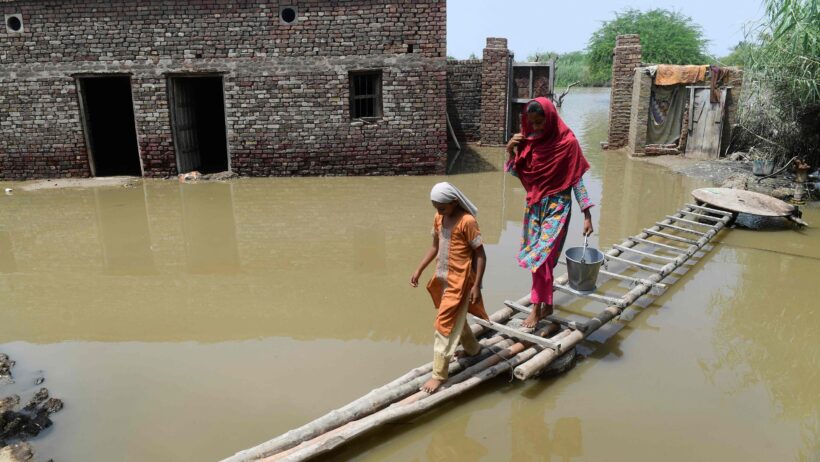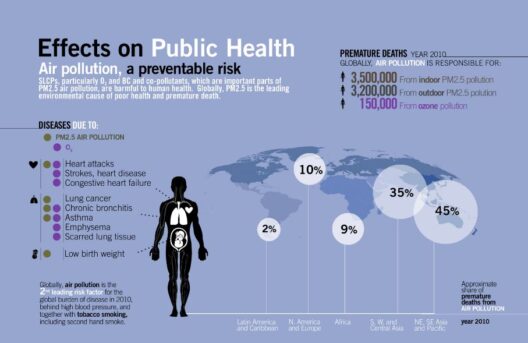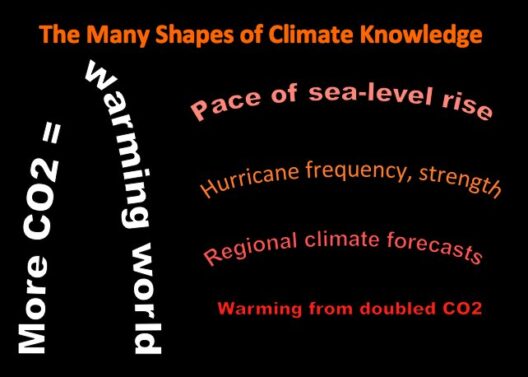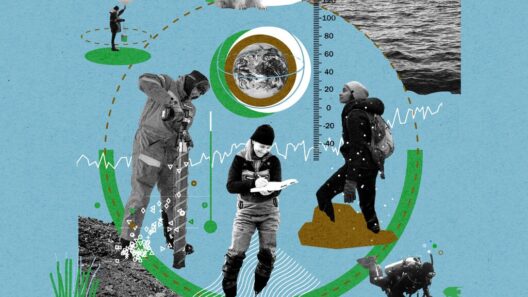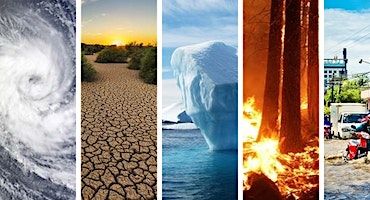Global warming and climate change are like two dancers in a complex ballet of planetary dynamics. At first glance, they seem identical, yet they perform distinct roles within the environmental drama unfolding around us. To dissect their interrelation, let us delve into the subtleties that differentiate them, while recognizing their inseparable bond.
Global warming refers specifically to the gradual increase in Earth’s average surface temperature due to human-induced greenhouse gas emissions. This phenomenon acts like a warm blanket enveloping the planet, impeding the escape of heat into space. As the greenhouse gases accumulate—most significantly carbon dioxide, methane, and nitrous oxide—Earth’s thermostat is pushed higher, altering climatic conditions across the globe.
Meanwhile, climate change encompasses the broader spectrum of alterations in climate patterns, which arise not only from human activities but also from natural processes. The consequences of climate change manifest in diverse forms: increasing sea levels, shifting precipitation patterns, extreme weather events, and ecosystem disruptions. It is the ensemble of changes—both anthropogenic and natural—that constitutes the chaotic symphony of climate change.
Understanding the connection and differences between these two concepts requires examining the intricate web of causality. The foundation of global warming lies in the greenhouse effect, a vital component of Earth’s climate system. Without it, our planet would be inhospitable, mirroring the cold, barren expanses of Mars. However, the amplified greenhouse effect—fueled by industrial activities, deforestation, and fossil fuel combustion—is the perilous twist in this narrative.
The interplay of global warming and climate change can be illustrated through the metaphor of a sizzling pot on a stove. As the flame underneath intensifies (global warming), the water within begins to boil, eventually transforming into steam (climate change). The rising temperature correlates directly with increased energy in the system, which consequently leads to various effects observable in the environment—droughts, floods, hurricanes, and other manifestations of climatic instability.
The impact of global warming extends far beyond rising temperatures. One of the most alarming outcomes is the rapid melting of polar ice caps and glaciers, which contributes to rising sea levels. Coastal communities, once sheltered by tranquil shores, find themselves increasingly at risk of inundation. Alarming projections indicate that cities like Venice and Miami are teetering on the brink of becoming modern Atlantis—a watery grave for human habitation and culture.
Moreover, the warming atmosphere disrupts weather patterns, exacerbating the frequency and severity of extreme meteorological events. Take hurricanes, for example. Warmer ocean waters yield more potent storms, resulting in catastrophic devastation. The higher the temperature, the more moisture the atmosphere can hold, amplifying rainfall and increasing flood risks. Conversely, some regions become parched, trapped in the clutches of relentless drought. This juxtaposition illustrates how global warming can warp weather behaviors, leading to unpredictable and extreme climatic phenomena.
Climate and weather constitute different domains within environmental science. Weather represents short-term atmospheric conditions, while climate embodies long-term trends. As the Earth’s climate warms, the dichotomy becomes increasingly critical; weather events provide tangible illustrations of the broader climatic shifts. Every tempest, every drought, every record-breaking heatwave serves as a reminder of the escalating climate crisis and the role global warming plays in this perilous transformation.
The biological repercussions of global warming and climate change are equally alarming. Species struggle to adapt, their habitats undergoing rapid transformations. Warming oceans threaten marine biodiversity, causing coral bleaching and escalating fish migration. Terrestrial ecosystems are equally vulnerable, as flora and fauna grapple with shifting temperatures and altered precipitation. The extinction rate climbs, foreshadowing a future where once-familiar landscapes could transform into barren deserts devoid of life.
The socio-economic ramifications compound the urgency of these issues. The agricultural sector, reliant on predictable weather patterns, faces upheaval as climate conditions fluctuate unpredictably. Food insecurity looms large, particularly in vulnerable regions unequipped to cope with the ramifications of harvest failures. Access to fresh water, once taken for granted, emerges as a contentious issue amidst dwindling supplies, igniting conflict and migration.
The path forward necessitates acknowledging our role in influencing these phenomena. Mitigating global warming entails a collective effort to reduce greenhouse gas emissions through sustainable practices and transitioning to renewable energy sources. Efforts to enhance energy efficiency, promote conservation, and embrace innovative technologies can significantly alleviate the burden on our planet. Reforesting degraded lands, protecting wetlands, and investing in regenerative agricultural practices can also soften the impact of climate change, affording ecosystems a chance to thrive.
Individual action aligns with broader systemic changes. The public’s awareness of climate issues can foster political will, catalyzing policy reform and international cooperation. Adaptation measures must be implemented, ensuring communities can withstand the shifting realities brought about by climate change. Resilient infrastructure, sustainable urban planning, and equitable resource distribution are crucial for fostering adaptive capacity in the face of inevitable change.
In conclusion, recognizing the nuanced interplay between global warming and climate change is imperative to addressing the escalating crisis. Stripped of their individual identities, they reveal a complex tapestry of interactions, each thread woven into the future of our planet. Whether through the intensity of global warming or the myriad manifestations of climate change, the urgency for action cannot be overstated. As stewards of this Earth, embracing our responsibility for a sustainable future must become an intrinsic part of our collective consciousness. The time to act is now, as the stakes of inaction loom ever larger on the horizon.



